Introduction:
In fitness, the quest for efficient and effective workouts is ever-present. High-Intensity Interval Training (HIIT) has emerged as a game-changer, offering a time-efficient approach to fitness that delivers impressive results. This article explores the principles of HIIT, its myriad benefits, and how incorporating it into your fitness regimen can elevate your health and well-being.
Understanding HIIT
High-intensity interval Training involves alternating between short bursts of intense exercise and rest or lower-intensity activity periods. Unlike steady-state cardio workouts, which maintain a consistent intensity throughout, HIIT workouts push the body to its limits during intense intervals, followed by brief recovery periods.
Principles of HIIT:
- Intensity over Duration: HIIT prioritizes intensity over duration. You can achieve greater cardiovascular and metabolic benefits in less time by pushing yourself to maximum effort during short bursts of activity.
- Variety in Workouts: HIIT workouts are highly adaptable and can incorporate a wide range of exercises, including sprinting, cycling, jumping jacks, burpees, and more. This versatility keeps workouts engaging and prevents boredom.
- Interval Structure: HIIT workouts typically follow a structured interval format, alternating between work and rest periods. Common ratios include 20 seconds of intense exercise followed by 10 seconds of rest (20:10), or 30 seconds of work followed by 30 seconds of rest (30:30).
- Progressive Overload: As with any fitness regimen, progression is key to continued improvement with HIIT. Gradually increase the intensity, duration, or frequency of your workouts over time to challenge your body and avoid plateaus.
Benefits of HIIT:
- Efficiency: One of the most compelling benefits of HIIT is its time efficiency. With HIIT, you can achieve significant fitness gains in a fraction of the time compared to traditional steady-state cardio workouts. A typical HIIT session can range from 10 to 30 minutes, making it ideal for busy schedules.
- Increased Caloric Burn: HIIT workouts elevate the body’s metabolic rate, leading to an increased calorie burn both during and after exercise. This phenomenon, known as excess post-exercise oxygen consumption (EPOC), results in continued calorie expenditure even after the workout has ended.
- Cardiovascular Health: HIIT has been shown to improve cardiovascular health by enhancing heart function, increasing stroke volume, and lowering resting heart rate. Regular HIIT workouts can reduce the risk of heart disease, hypertension, and other cardiovascular conditions.
- Fat Loss and Muscle Preservation: HIIT is highly effective for fat loss while preserving lean muscle mass. The intense bursts of activity stimulate the production of growth hormone and promote fat oxidation, helping to sculpt a leaner physique.
- Metabolic Adaptations: HIIT can improve insulin sensitivity and glucose metabolism, making it beneficial for individuals with diabetes or insulin resistance. Additionally, HIIT has been shown to increase mitochondrial density and function, enhancing the body’s ability to produce energy efficiently.
Incorporating HIIT into Your Fitness Routine:
- Start Slowly: If you’re new to HIIT, start with shorter intervals and lower intensity to allow your body to adapt gradually. As you become more comfortable, gradually increase the intensity and duration of your workouts.
- Mix it Up: Keep your HIIT workouts varied by incorporating different exercises, intervals, and formats. This not only prevents boredom but also challenges different muscle groups and energy systems for maximum results.
- Listen to Your Body: Pay attention to your body’s signals during HIIT workouts. While it’s normal to feel challenged, be mindful of any signs of fatigue or discomfort and adjust the intensity or duration as needed.
- Recovery is Key: Allow adequate time for rest and recovery between HIIT sessions to prevent overtraining and reduce the risk of injury. Incorporate active recovery activities such as yoga, stretching, or low-intensity cardio on rest days to promote circulation and flexibility.
- Combine with Strength Training: HIIT can complement traditional strength training routines by providing a cardiovascular challenge and enhancing overall fitness. Incorporate HIIT sessions into your weekly workout schedule alongside resistance training for a well-rounded fitness regimen.
Conclusion:
: High-intensity interval Training represents a paradigm shift in the world of fitness, offering a time-efficient and effective approach to achieving optimal health and fitness. By prioritising intensity, variety, and progression, HIIT workouts deliver impressive results in terms of fat loss, cardiovascular health, and metabolic function. Whether you’re a seasoned athlete or new to fitness, incorporating HIIT into your routine can elevate your workouts and propel you towards your fitness goals with speed and efficiency.





